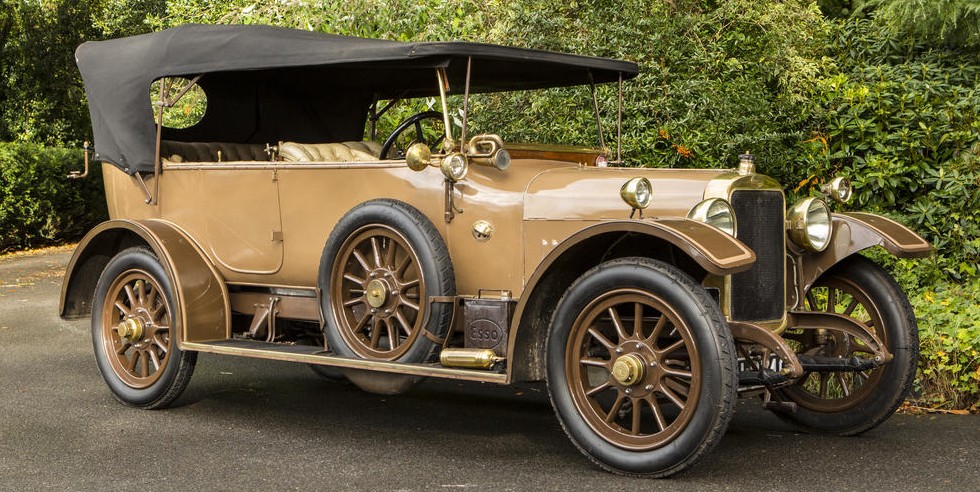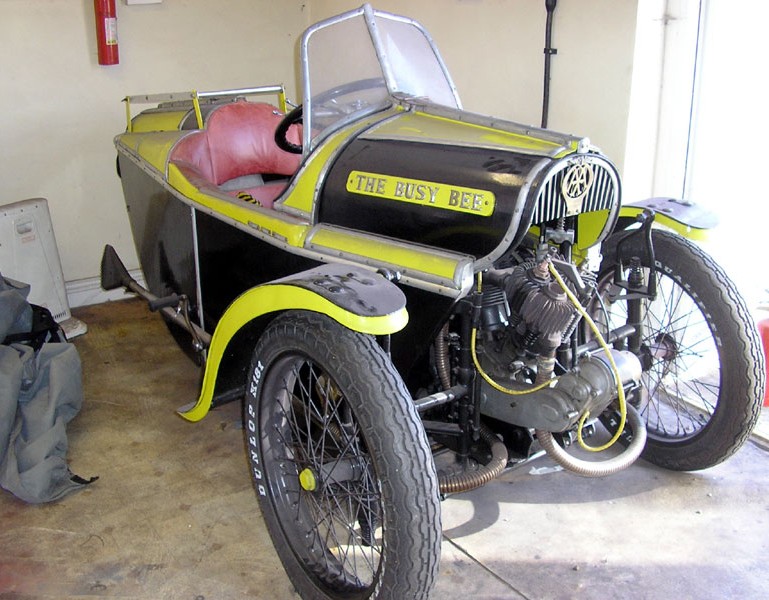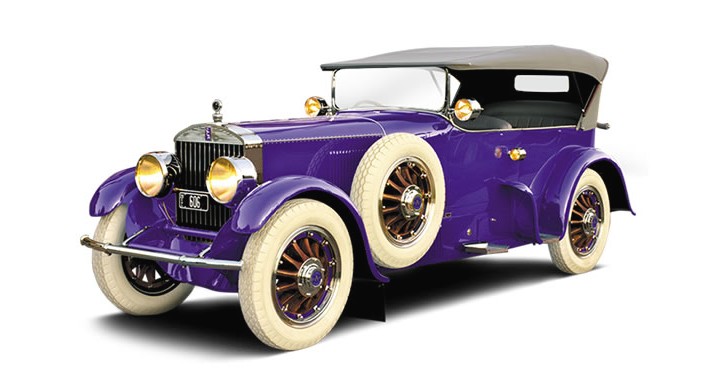Gone Farmin’
All tractors offered by Mecum | Walworth, Wisconsin | August 8-10, 2013
____________________________________________________________________
1948 McCormick-Deering W-4
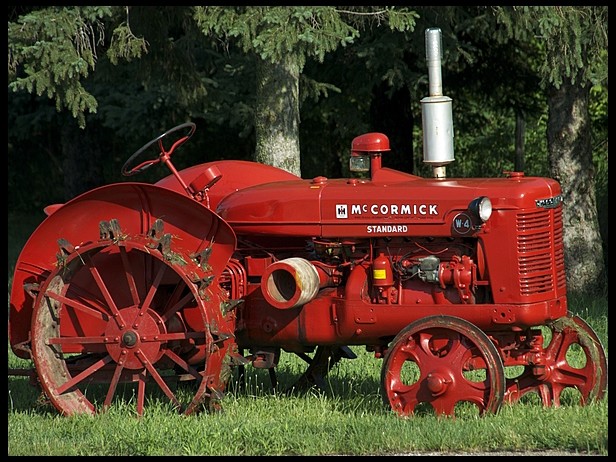
Last week, Mecum held their annual tractor sale. Tractor collectors are serious and the market for them is strong. They are finally getting the respect in the collector vehicle world that they deserve. That said, I’m not an expert on tractors – I know very little about them. I thought I’d pull 10 tractors out of their catalog to feature just as something cool and different. I picked ones that I thought were rare and/or interesting. I’ll give you some specs, but won’t go into too much detail.
First up is this 1948 McCormick-Deering W-4. McCormick-Deering was a brand produced by International Harvester. The brand was around from 1923 through 1948. The W-4 was also sold as the Farmall H.
Engine: 2.5-liter straight-four. 23 horsepower.
Production: 24,377.
Produced: 1939-1948.
Update: Not sold, high bid of $2,000.
____________________________________________________________________
1919 Waterloo Boy N
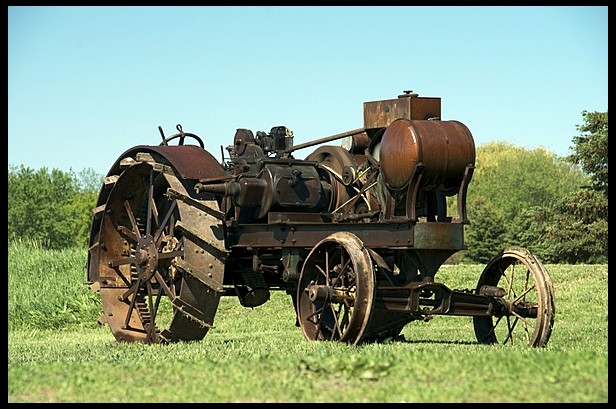
Founded in 1892, Waterloo Boy was the first company to build and sell gasoline-powered tractors. In 1918, they were bought out by John Deere and the brand name disappeared after 1924. This N model is unrestored and all-original. Some specs:
Engine: 7.6-liter two-cylinder. 25 horsepower.
Production: 21,392.
Produced: 1917-1924.
Update: Not sold, high bid of $68,000.
____________________________________________________________________
1948 Massey-Harris 44-6
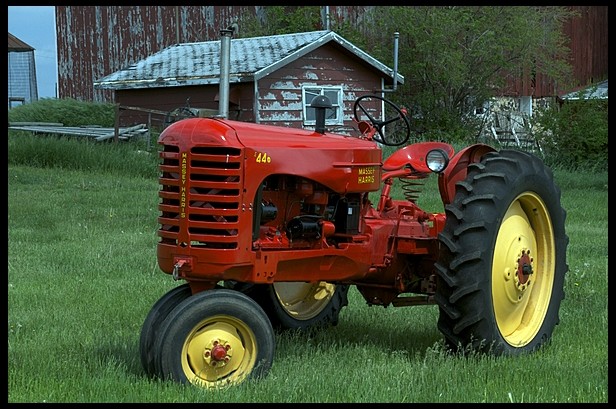
Massey-Harris was one of the two predecessors of Massey-Ferguson. Massey-Harris was founded in 1891 in Canada as the result of a merger. In 1953, they merged with Ferguson to become Massey-Harris-Ferguson. In 1958, the Harris part was dropped. The 44-6:
Engine: 3.7-liter straight-six. About 80 horsepower.
Production: 6,657.
Produced: 1946-1950.
Update: Not sold, high bid of $1,800.
____________________________________________________________________
1924 John Deere D
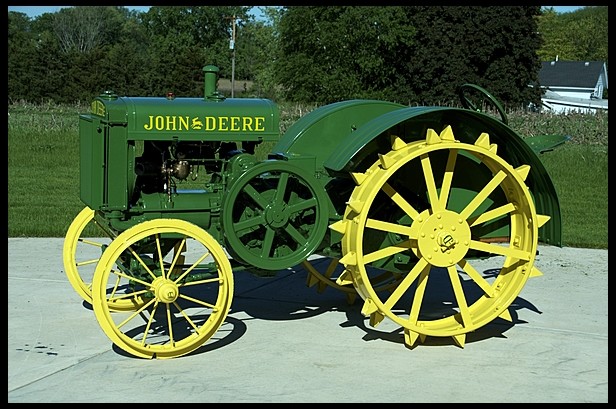
John Deere is the most famous of all tractor manufacturers with their iconic green and yellow paint scheme. The company, which is still technically Deere & Company, can trace its roots directly back to its founding by John Deere in 1837. Here’s some info on the D model:
Engine: 7.6-liter two-cylinder. About 27 horsepower.
Production: about 160,000.
Produced: 1923-1953.
Update: Not sold, high bid of $42,000.
____________________________________________________________________
1927 Rumely Oilpull M 20/35
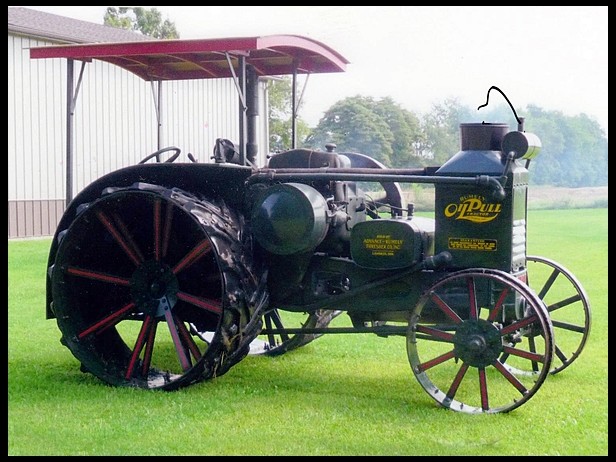
Rumely Oilpulls were a type of tractor built by Advance-Rumely, a company that was organized in 1915 and acquired by Allis-Chalmers in 1931.
Engine: 9.9-liter two-cylinder. About 35 horsepower.
Production: 3,671.
Produced: 1924-1927.
Update: Sold $35,000.
____________________________________________________________________
1950 Ford 8N
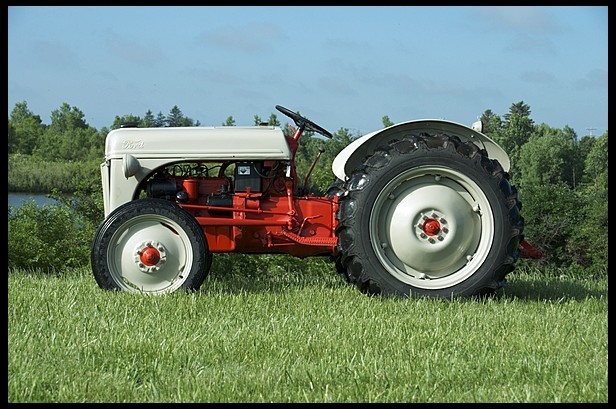
Henry Ford had his own brand of tractors called Fordson, which he merged with his automobile company in 1920. Ford used the Fordson brand into the 1960s, but they also built tractors under the Ford brand. The N Series was in production from 1939 through 1954. Here’s some info on the 8N:
Engine: 2.0-liter straight-four. About 27 horsepower.
Production: about 524,000.
Produced: 1947-1953.
Update: Sold $2,800.
____________________________________________________________________
1952 Minneapolis-Moline GTC
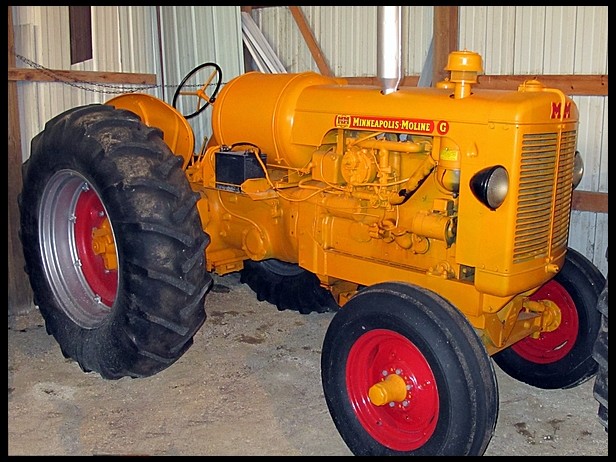
Minneapolis-Moline was founded by the result of a merger in 1929. The brand name was discontinued in 1974 – 11 years after the company had been acquired by the White Motor Company. About the GTC:
Engine: 5.6-liter straight-four.
Production: about 1,100.
Produced: 1951-1953.
Update: Sold $2,900.
____________________________________________________________________
1957 Ferguson F-40
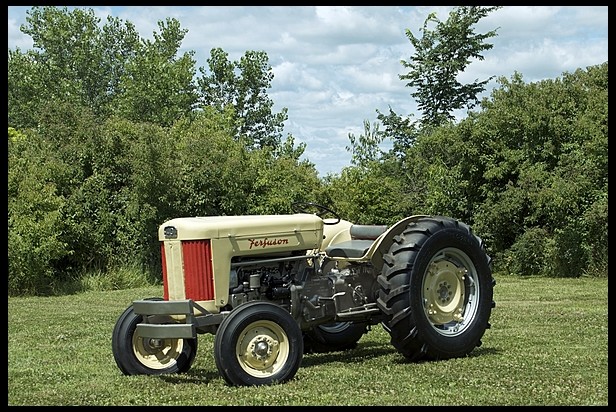
Ferguson was a brand of tractor founded by Harry Ferguson and David Brown (they guy who owned Aston Martin) in 1934. In 1953, the company merged with Massey-Harris to form Massey-Harris-Ferguson. Massey-Ferguson survives today. The F-40:
Engine: 2.2-liter straight-four. 33 horsepower.
Production: about 9,097.
Produced: 1956-1957.
Update: Not sold, high bid of $6,000.
____________________________________________________________________
1937 Oliver 70
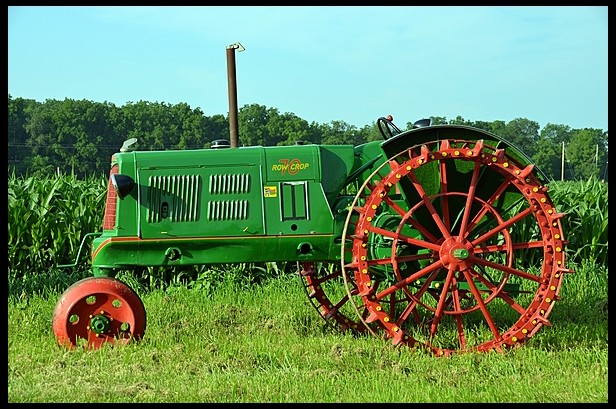
Like many tractor manufacturers, Oliver was formed by the result of a merger. In their case, it was four companies that came together in 1929 to make Oliver a reality. In 1960, they were bought by the White Motor Company who discontinued the brand in 1974.
Engine: 3.3-liter straight-six. 27 horsepower.
Production: unknown.
Produced: 1935-1948.
Update: Sold $3,200.
____________________________________________________________________
1957 Farmall 350

Farmall was a brand developed by International Harvester to target a certain market. That market was “General Purpose Tractors.” The Farmall name first appeared in 1923 (as a sub-brand of IH) and they dropped the brand in 1973. You can check out more tractors here. Here’s some info on the short-lived 350 model:
Engine: 3.2-liter straight-four. 39 horsepower.
Production: about 17,000
Produced: 1956-1958.
Update: Sold $7,500.

